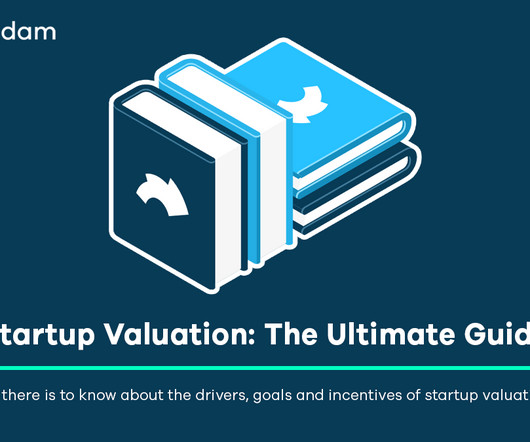Country Risk 2025: The Story behind the Numbers!
Musings on Markets
JULY 31, 2025
At the start of July, I updated my estimates of equity risk premiums for countries, in an semiannual ritual that goes back almost three decades. If default risk seems like to provide too narrow a focus on countr risk, you can consider using country risk scores , which at least in principle, incorporate other components of country risk.












Let's personalize your content